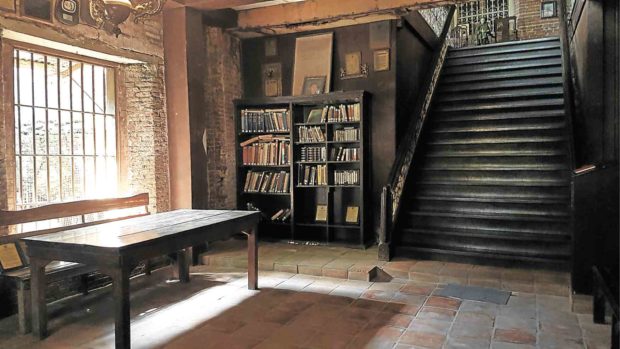Upbeat, modern pace, lingering charm of past
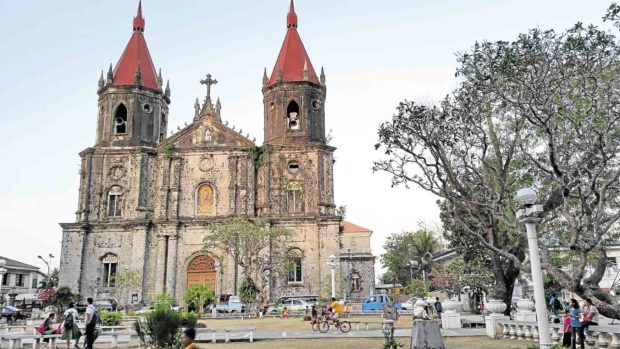
The Molo Church is a popular attraction for its Gothic Renaissance architectural design. —Photos by Nestor P. Burgos Jr.
Iloilo City is fast developing into an urban hub, but much of its rich cultural heritage has been preserved or restored to offer a menu of both the upbeat pace of the modern and the lingering charm of the past.
Amid the massive construction boom, two full days in Iloilo are enough to visit the most popular heritage sites and emerging lifestyle destinations, sample Ilonggo delicacies and dishes and get a feel of the “City of Love.”
The city center is 30 minutes from the Iloilo International Airport with direct regular flights to and from Manila and the cities of Cebu, Davao, General Santos, Cagayan de Oro and Puerto Princesa, as well as Hong Kong and Singapore.
Public transport or van rental makes places in the city and neighboring towns accessible to visitors.
Old mansions
Article continues after this advertisement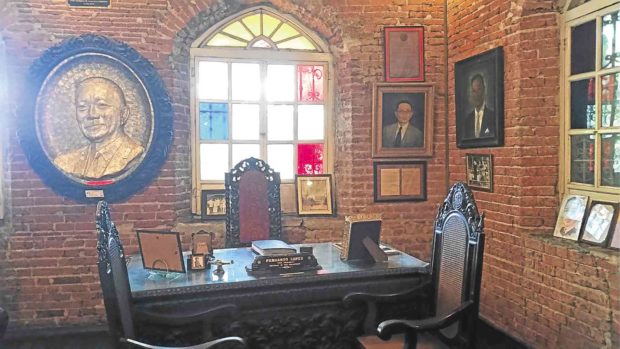
The Casa Maraquit mansion-museum is among the most preserved and frequently visited old houses in Iloilo.
Heritage sites are among the top destinations in the city. These include old mansions of affluent Iloilo families, Spanish-era Catholic churches and structures dating back to the American colonial period.
Start with Jaro District and see the Lizares Mansion (Angelicum School) in Barangay Tabuc Suba and Nelly Garden, the sprawling estate of the Lopez clan built in 1928.
Casa Mariquit, the 200-year-old house of Vice President Fernando Lopez and Maria “Mariquit” Javellana-Lopez, has been restored into a museum.
Proceed to adjacent Molo District and marvel at the mansion built in the 1920s and once owned by the Yusay-Consing family but restored and opened to the public. Across the house at the plaza is St. Anne Parish Church, with its Gothic-Renaissance architectural design.
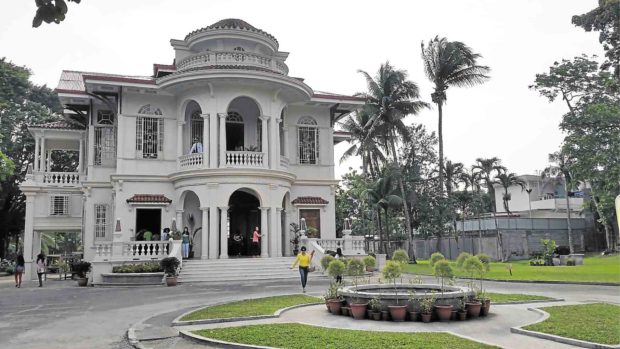
Built in the 1920s, the Molo Mansion across the Molo public plaza has been acquired, restored and opened to the public by SM Land Inc
In Arevalo District, tour the Camiña Balay na Bato and sample “pancit molo” (Iloilo’s distinct pork dumpling soup) and its famous native hot chocolate drink.
Don’t miss Casa Real, the old provincial capitol which has been restored to its American colonial period architecture.
Art Deco buildings
A few meters away is the historic Calle Real (Iznart and JM Basa Streets), where Art Deco buildings abound.
According to the National Historical Commission of the Philippines, Iloilo City has one of the biggest concentration of Art Deco buildings in the country.
Soon to be completed are the restoration and renovation of Ker and Co. and Elizalde buildings, also along Calle Real.
The former provincial jail is being transformed into a regional museum and is expected to open within the year.
Alternatively, visitors can take side trips to southern Iloilo to visit churches and cemeteries that have been declared heritage sites. These include the Fortress-Baroque Miag-ao Church, declared by the United Nations Educational, Scientific and Cultural Organization as a world heritage site.
Near the Iloilo International Airport is the 139-year-old church and convent of Sta. Barbara town, which has been recently restored.
A few meters from the church is a marker at the town plaza where Iloilo revolutionaries first raised the flag on Nov. 17, 1898, as Spanish colonial rule crumbled. That was the first time that the flag was raised outside of Luzon.
Take a respite from touring. Stroll and catch spectacular views of the sunset or sunrise along the Iloilo Esplanade. The lateral park now stretches along the two banks of the river covering 1.1 kilometers each.
The esplanade is a popular relaxation, sightseeing and physical fitness site for Ilonggos and tourists.
Ilonggo dishes
Iloilo is also synonymous with sumptuous food.
The obligatory “batchoy” (noodles with pork innards, cracklings and savory broth) is best enjoyed at La Paz District’s wet market where the popular batchoy brands—Netong’s, Ted’s and Deco’s—originated.
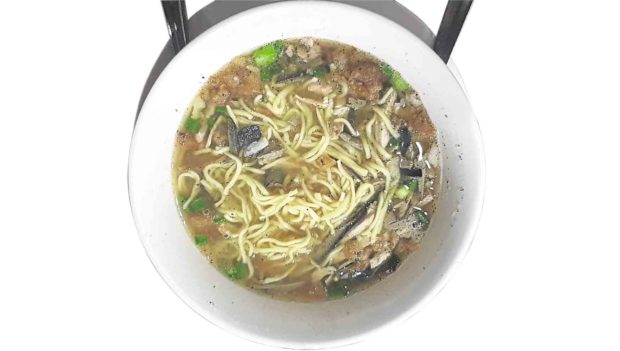
Iloilo’s “batchoy”
The market is also known for native coffee at Madge Cafe, a watering hole for coffee lovers from all walks of life.
For seafood, especially steamed and baked “talaba” (oysters), visitors usually go to Breakthrough Restaurant and Tatoy’s Manokan and Seafood Restaurant along Villa Beach.
Smaller but also popular dining destinations include Wawa Heritage Restaurant, Nora’s Eatery and Borkoks Kandingan and Manokan.
Another Ilonggo dish to sample is the “tinuom” (native chicken broth wrapped in banana leaves), which is served in restaurants near the airport in Cabatuan town, and the “binakol” (chicken soup cooked in coconut water and lemongrass).
Tourists can visit the lifestyle and entertainment hubs at Iloilo Business Park, Atria District and Smallville complex, all in Mandurriao District.
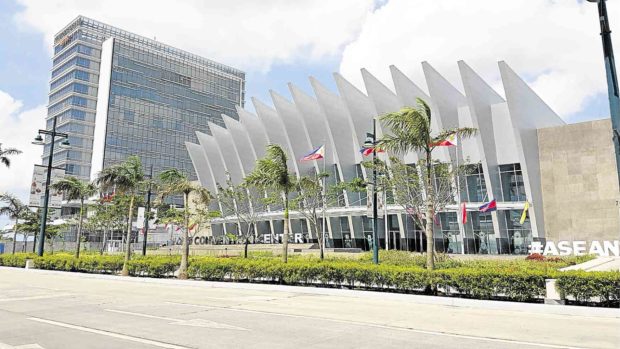
The Iloilo Business Park of Megaworld Corp. hosts the Iloilo Convention Center.
For “pasalubong” (souvenir gifts), the popular choices are “barquillos” (crispy biscuit roll), “biscocho” (baked bread with butter and sugar topping) and “baye-baye” (sweet delicacy made from scraped young coconut meat, sugar and pounded rice grains). Baye-baye is conveniently sold along the highway leading to the airport.
After two days, visitors are hopefully satiated with the food, the rich heritage and Ilonggo charm. They can always come back for more.
